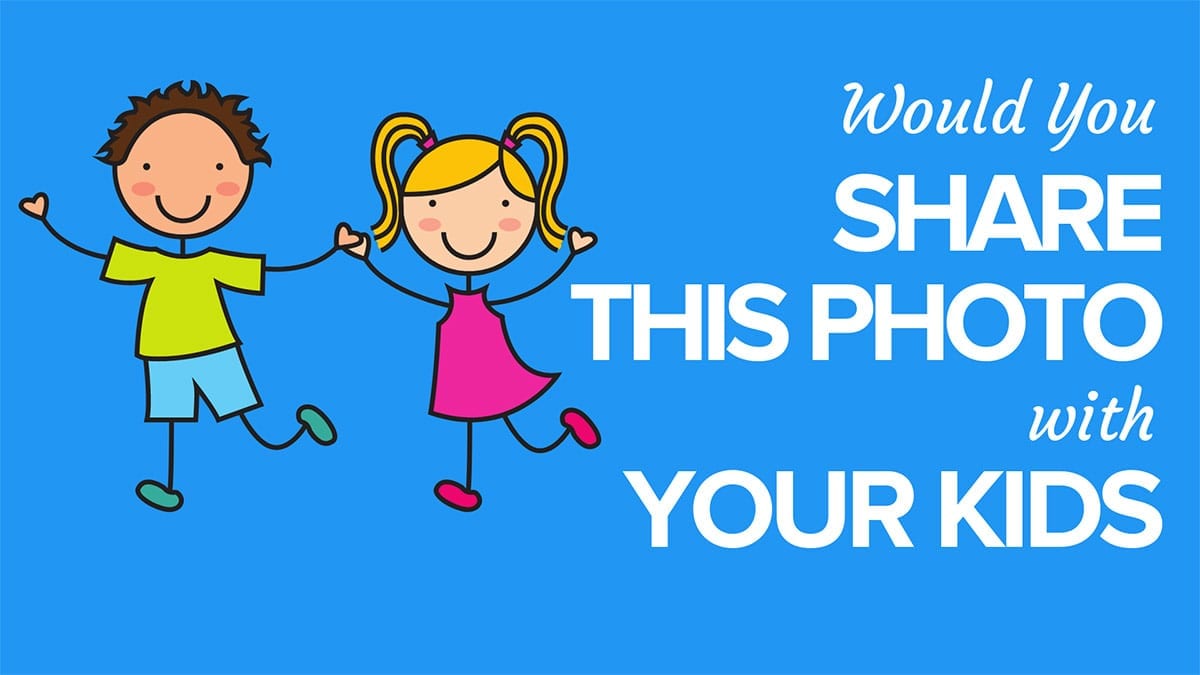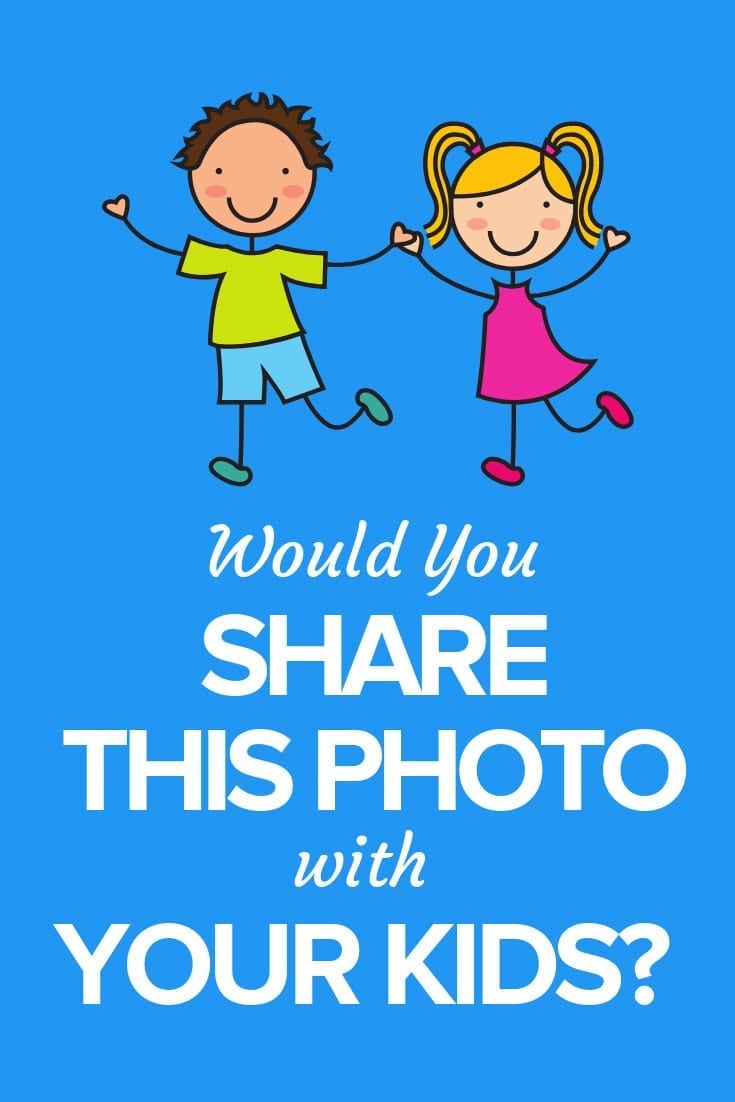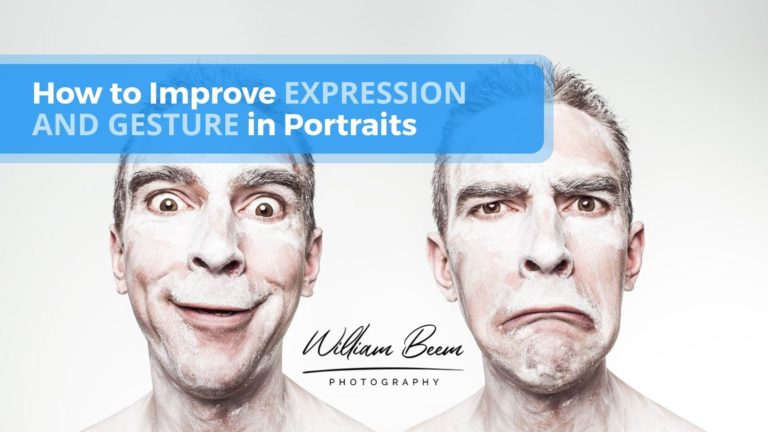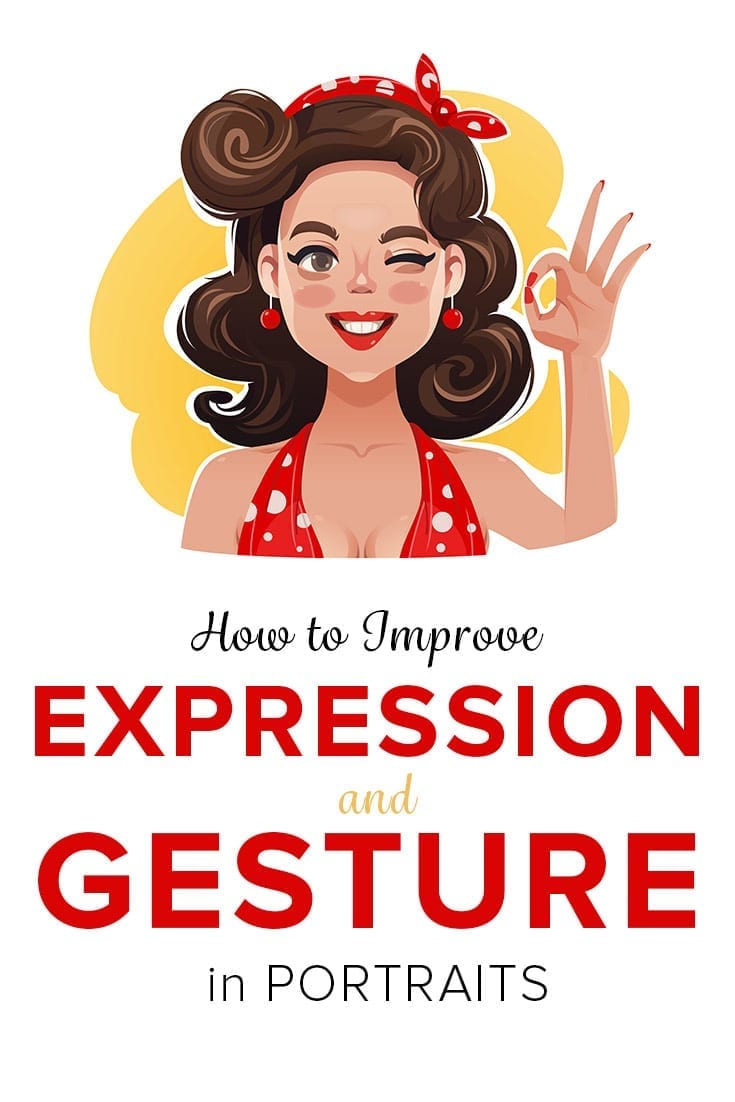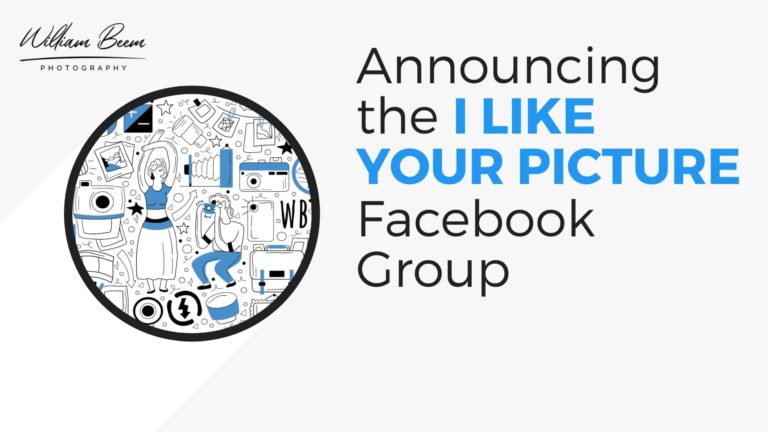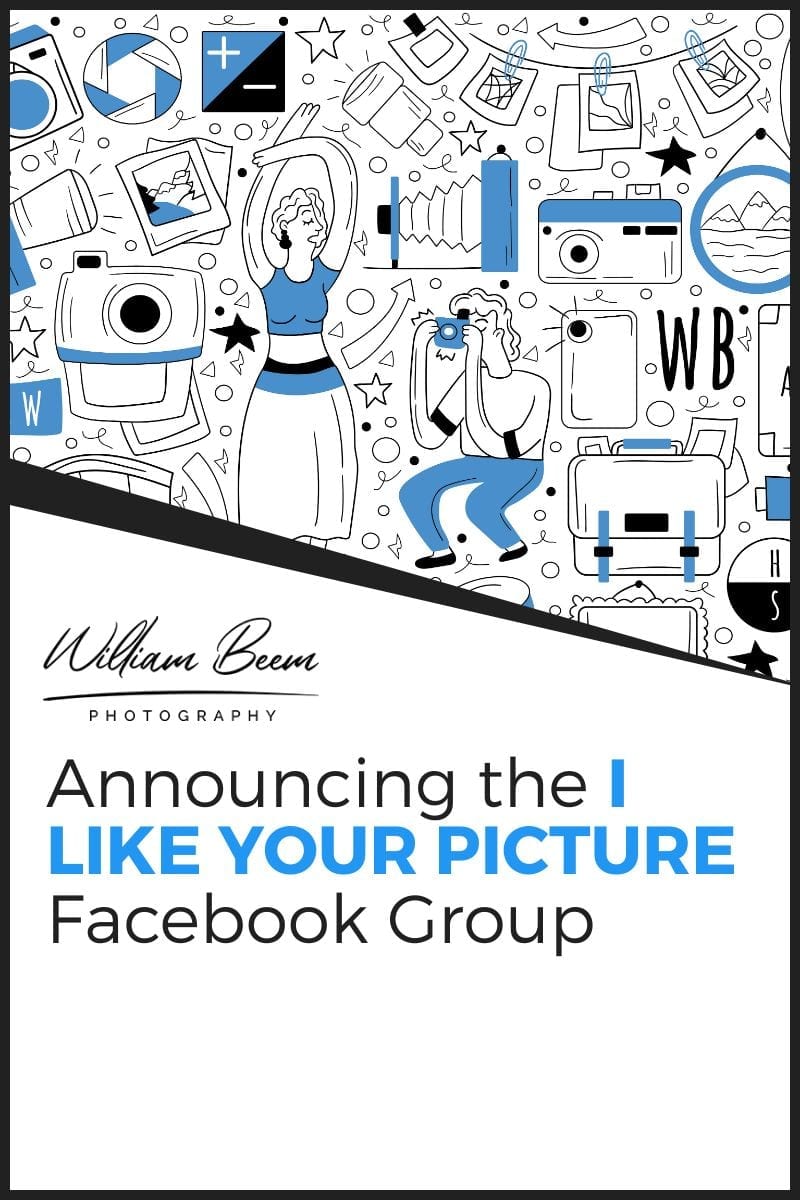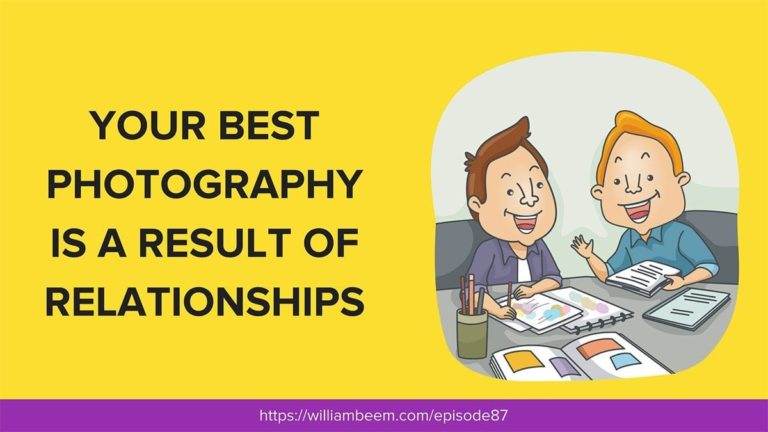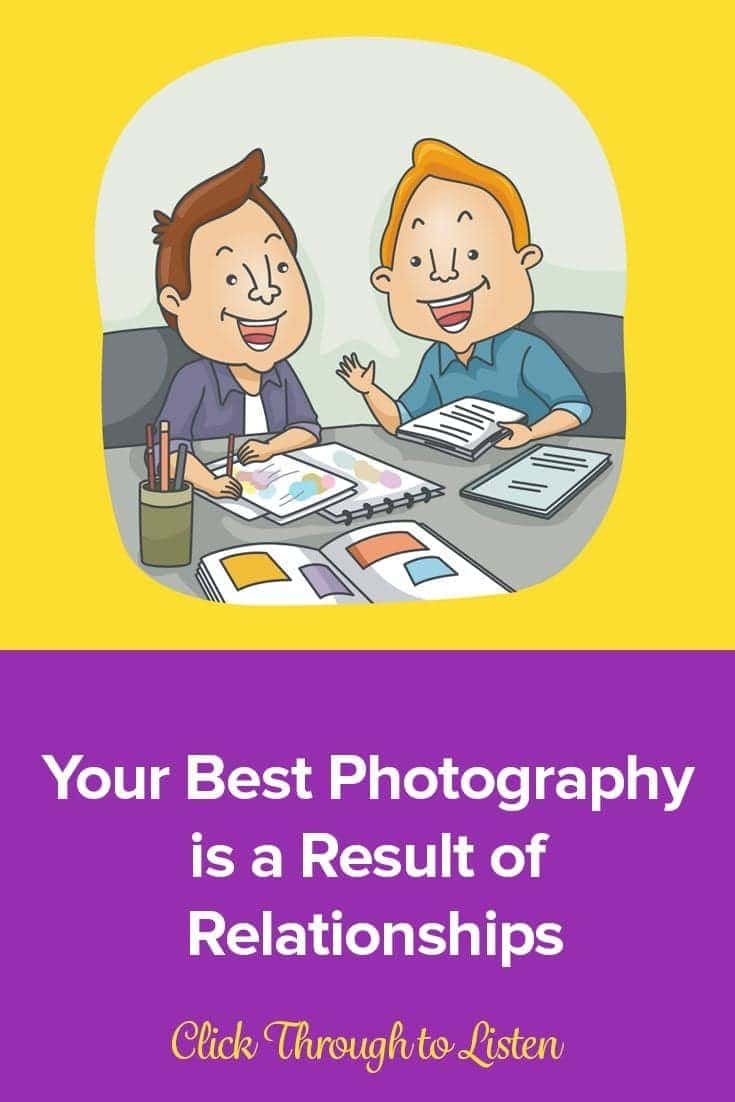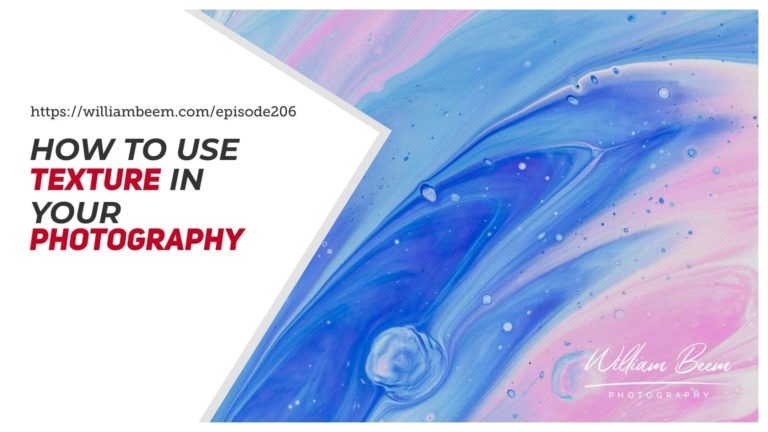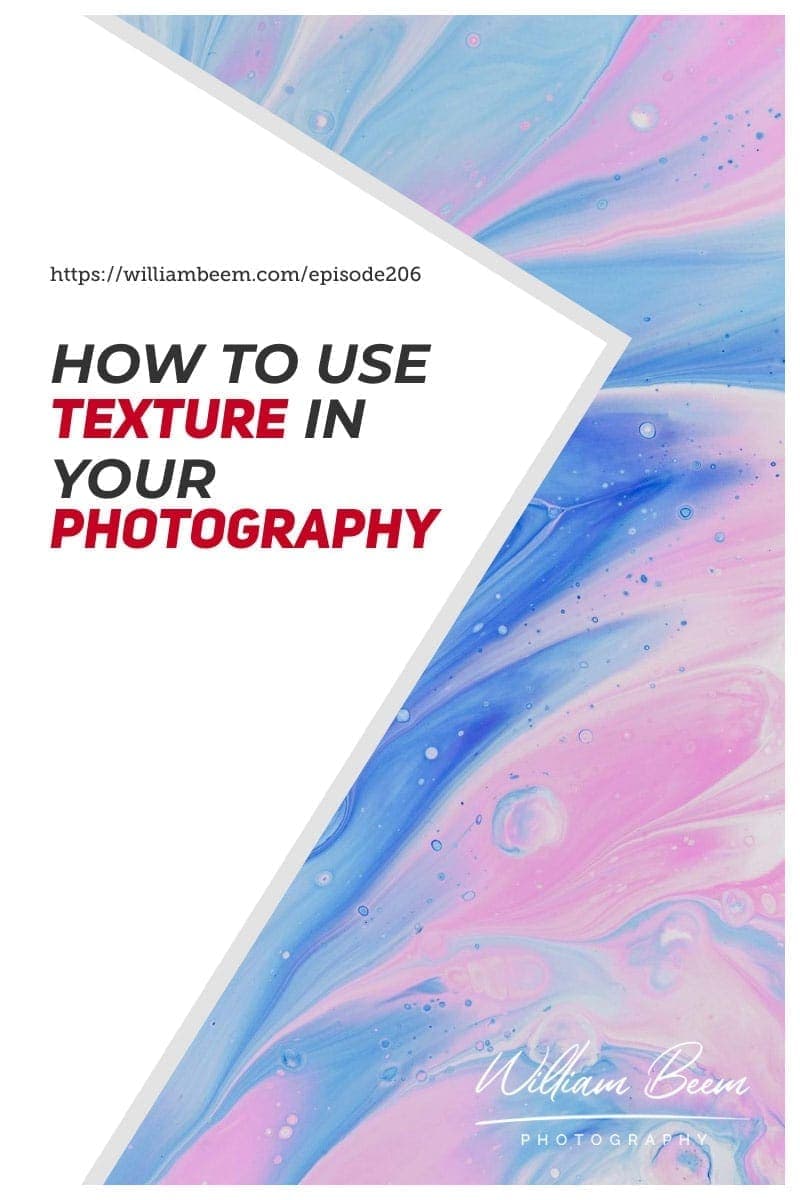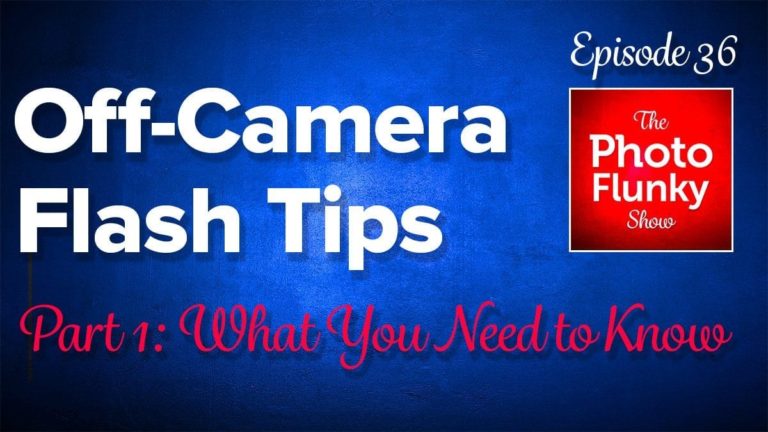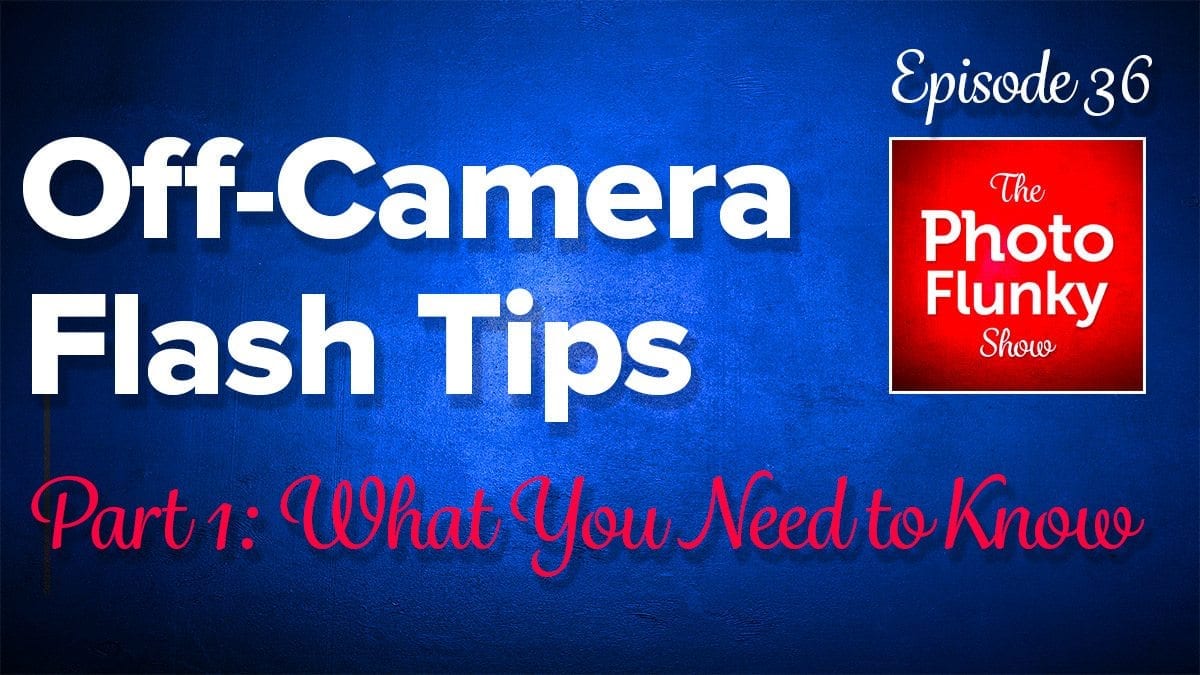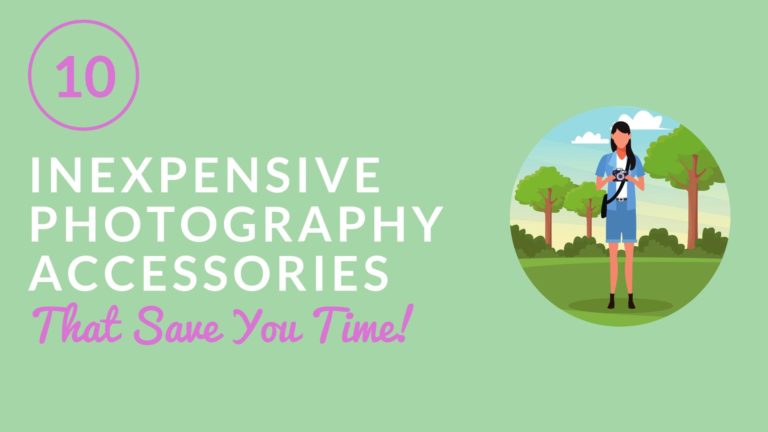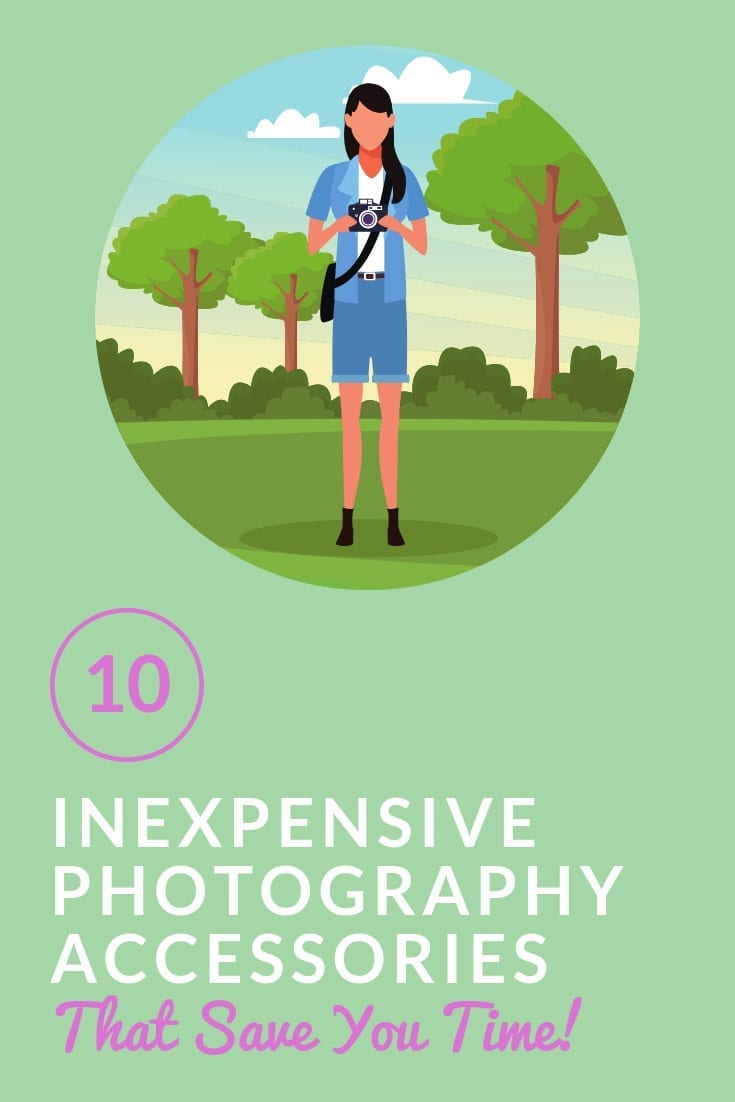Affiliate Disclosure: We earn a commission if you purchase through one of our links at no additional cost to you.
We decided to record the episode “Would You Share This Photo with Your Kids” because of another question that Lee and I discussed among ourselves lately. Are people sharing their adult photos in the right places?
Looking at my feed on Instagram and Facebook lately, I think the answer is that a lot of people are posting adult photos in the wrong places.
Why Do We Share Our Photos?
I think our photos deserve an audience. One of my favorite things to do is look at the photos created by others. It’s not just entertainment, but sometimes mind expanding. I enjoy a great photo, and sometimes they make me wonder what I can do next with my photos. Looking at photos from different sources helps me grow as a photographer.
Truly, I’m grateful for the opportunity we have to create and share our photos. It’s one of the great gifts of the modern age. Yet I’m reminded of a phrase from my time at Le Cordon Bleu.
Mise en Place
This phrase means simply “everything in its place.” It’s a reminder for chefs to keep organized and well kept. Culinary students have this phrase burned into their minds, and it’s a major part of their evaluation from the faculty.
Many others outside of photography adopted this saying, because it’s both useful and implements a professional mindset. You’re best prepared and presented when everything is in its place.
Perhaps photographers could use this phrase as a reminder when they share their photos.
If you have to blur body parts on one of your portraits to stay within the rules of a site, perhaps you’re missing the point of the rules in the first place.
When a photographer or model uploads nude or sexually explicit photos to social media sites that prohibit them, they’re messing up the place for others.
Aren’t We All Consenting Adults?
Actually, no. We aren’t.
Facebook allows children to have an account, as long as they are 13 or older. Do you want your 13 year old child coming upon some of the soft porn photos that appear in a lot of Facebook photography groups? Instagram, a subsidiary of Facebook, has the same age terms.
On Facebook, most of these photos get posted in Groups. The service doesn’t provide any age limit for groups, meaning that children can access them as well as any other user. You can make a group private, but that isn’t a barrier for many photography groups – including those that are portrait groups.
Instagram doesn’t even have a group barrier. If you can get an account on Instagram, you can see everything publicly shared without any other restrictions.
While we’re at it, this concern isn’t solely for children. There are also adults, even those who aren’t offended by nudity, that wish it weren’t so prevalent on social media.
I had to spend time waiting for my car in service and started to flip through my Instagram account to pass the time. While doing that, it became pretty clear that was a mistake. I would’ve been embarrassed for someone to look over my should to see some of the images that came up on my feed.
It Didn’t Start Like That
I’m primarily interested in portrait photography these days. It seems that some photographers and models are feeling compelled to push their boundaries to show more and more in order to get views.
One of the models I know used to have a line she didn’t cross. She would pose in swimwear or lingerie, but she would not pose nude. Oddly enough, I met her at a workshop for nude photography. Nobody there asked her to push her own boundaries, and we all got some lovely images.
That was a few years ago. I just saw a nude photo of her on Facebook the day before I’m writing this post. Her Instagram feed shows a penchant for nudity now.
I have no idea what changed her mind. However, I do know that her follower count and number of views went up as she bared more skin.
The woman I followed who used to like steampunk and fashion photography now looks like a stripper in her photos. I stopped following her a while back, but she’s not the only one. More and more, I find myself no longer following both photographers and models who opt to show more skin and less creativity.
I’m not a prude. The fact that I attended the nude workshop is pretty good evidence that I considered going down this path, also. After all, who doesn’t want more popularity?
What is the Benefit of Sharing Your Photos?
I guess it really depends upon what you want. In some cases, it also depends upon what you don’t want.
For example, I don’t want to be known as an adult or boudoir photographer. Doesn’t mean I don’t appreciate a lovely model or a well conceived photo, but it’s just not the space where I want to hang my hat.
If someone decides to follow me on social media or here on this site, I prefer it’s because of my photography and not because I’m a source of barenaked ladies.
Truth be told, I’m uncomfortable around nude models. Having tried it a few times, it just doesn’t work for me. I’m happy to leave it to others. I’d rather work on different types of portraits. If that means I’m not popular, so be it.
Looking at some of the comments on these photos, I have a hard time believing that adults are the intended audience. The level of immaturity in those comments would drive me insane.
Some people want a lot of followers and views, so this is one way to get them. But is that enough of a benefit?
My hope when I share photos or information is to become a trusted provider of photography information. That may lead to other opportunities later on down the road.
I think sharing some adult oriented photos would undermine my intended path and definitely limit my audience potential, even if I had something else to share beyond my photos.
Where Should You Share Your Photos?
Facebook and Instagram has a lot of room for different types of photography. That doesn’t mean you can’t post something a bit sexy there, either. I think some of the swimsuit photography I see on both Facebook and Instagram can be outstanding. Beautiful people, exotic locations and great light.
It’s nothing that your kid wouldn’t see on the beach, also.
When you have to break out the blur tool to make your photos “fit” the guidelines of the service, then I think that’s a pretty big clue that you’re posting to the wrong place.
Services like 500px or Model Mayhem have categories for nude photos. People can decide for themselves if they want to view those photos, rather than have them lumped in with other portraits in a photography group.
I know some people won’t even consider this, because the big audience is on Facebook and Instagram.
Yes, and so is my child. So are millions of other children.
We don’t expect everything to be perfect, but do these photographers and models consider who else gets shown their adult oriented photos? I’m guessing not.
What is Your Reputation?
I don’t disparage anyone who likes to model, photograph or view adult photos. It’s a part of human expression and I can appreciate it as much as anyone else. However, I decided that it isn’t what I want to be known for.
Social media has a habit of exposing things that we like. Twitter shows me political tweets from people that I never followed. I used to wonder why I was seeing some of this stuff, and then I noticed that someone I’m following “Liked” it.
People I know face to face, people who I think are fine and decent people, show up with Likes of some truly vile Tweets on Twitter. Not just here or there, but frequently. It’s the one feature of Twitter I wish I could disable.
The simple truth is that I stopped following real friends on social media because of issues like this. They’re allowed to think and like whatever they want, but they have the good taste not to ram it in everyone’s face. Yet that’s sort of what happens when they click Like on someone else’s vile Tweets.
Instagram sort of does this. If you see a photo that some of your friends on that service liked, you’ll see their username displayed on the photo among the count of people who liked the image.
The next step for Instagram, or even Facebook, is to mimic Twitter. To start showing the things you Liked. The idea is to increase engagement. You may also Like it. You may follow the person who posted it or leave a comment. To social media organizations, that’s all good because it keeps you on the platform.
The question next is whether you want to be known publicly for the things you like privately. That’s how it is today on Twitter. It isn’t out of the question for it to happen in other places.
It’s probably not much of a big deal among like-minded people. You just never know if everyone else has a mind like yours.
Subscribe to I Like Your Picture (formerly The Photo Flunky Show)
Thank you for listening to I Like Your Picture. Make sure you get every episode by subscribing. You can find more subscription options on the player above. Just clicks the three dots inside the circle on the right side of the player and look in the Subscribe option.

